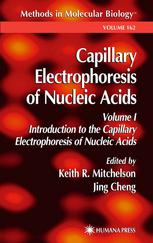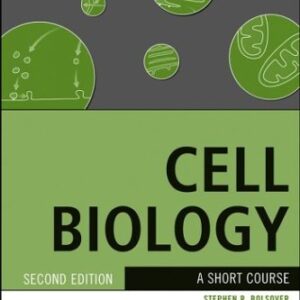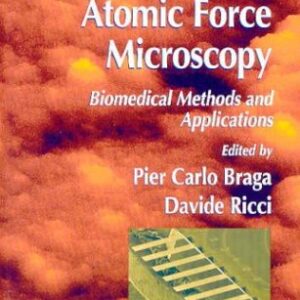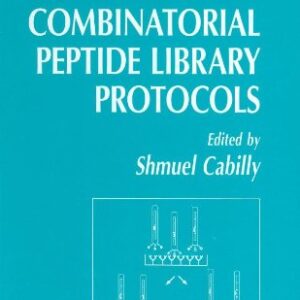This book provides an excellent illustration of the interrelationship between progress in scientific methodology and conceptual advances, and its publica? tion should contribute to further advances. It is well known that major advances in understanding often follow the development of new methods. The development of the acetylene reduction assay for nitrogenase activity provides a good example of this interrelationship between theory and methods. Theoretical knowledge led to a search for substrates for nitro? genase that could be assayed for more easily than ammonium, the normal product of the enzyme. The discovery of the reduction of acetylene to ethylene by nitrogenase provided the ideal answer to the problem by provid? ing a rapid, specific, nondestructive, and inexpensive assay for nitrogenase activity. This assay is now used by almost every laboratory doing research on nitrogen fixation. However, further use and development of the acetylene reduction assay has shown that it can underestimate nitrogenase activity and can even give incorrect relative values under some circumstances. The major problem is that exposure of legume nodules to acetylene can cause a large increase in the resistance to oxygen diffusion into the nodule. This reduced supply of oxygen decreases the rate of nitrogenase activity within a few minutes.
Biology
[PDF] Applications of Continuous and Steady-State Methods to Root Biology D. B. Layzell, S. Hunt, B. J. King (auth.), John G. Torrey, Lawrence J. Winship (eds.)
$19.99

![[PDF] Applications of Continuous and Steady-State Methods to Root Biology D. B. Layzell, S. Hunt, B. J. King (auth.), John G. Torrey, Lawrence J. Winship (eds.)](https://pdfelite.com/wp-content/uploads/2024/04/c744fed481af6b083d2d153463d71f36-d.jpg)




Reviews
There are no reviews yet.